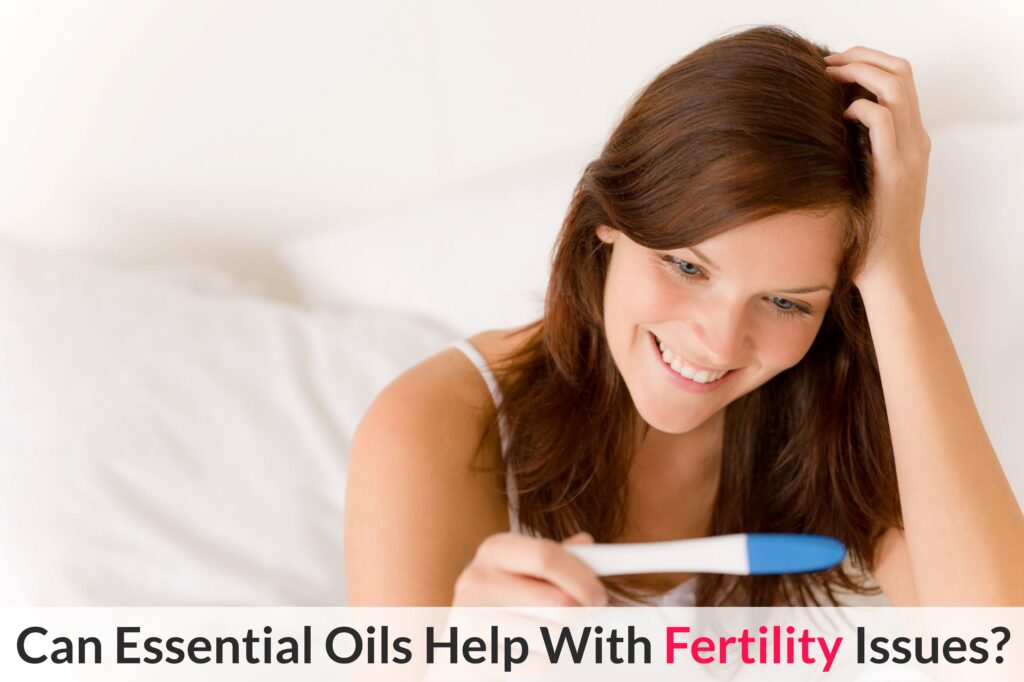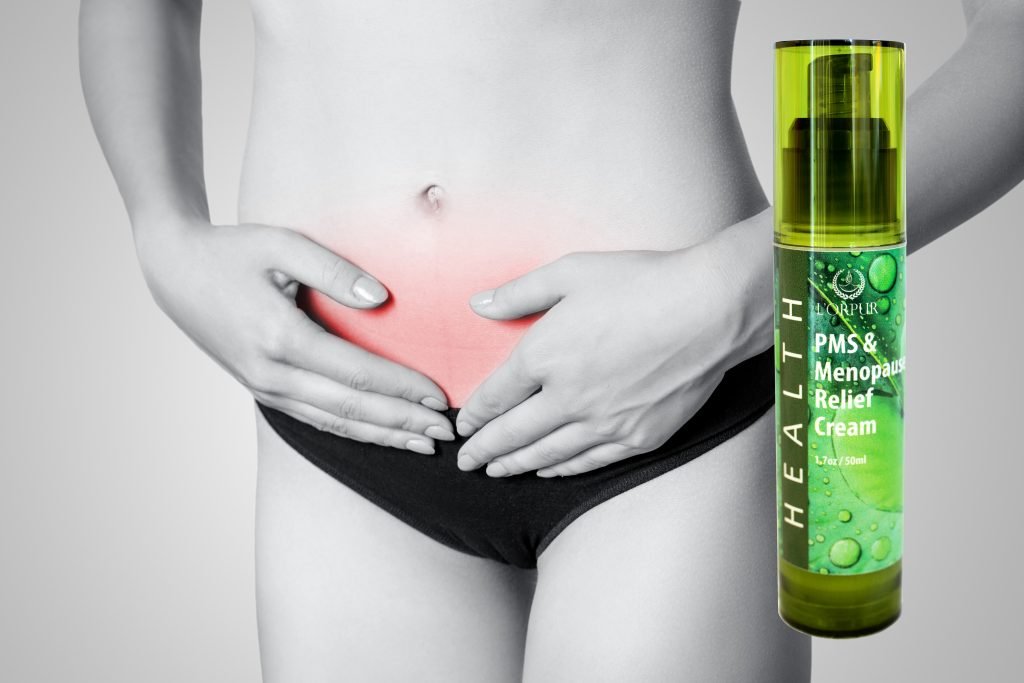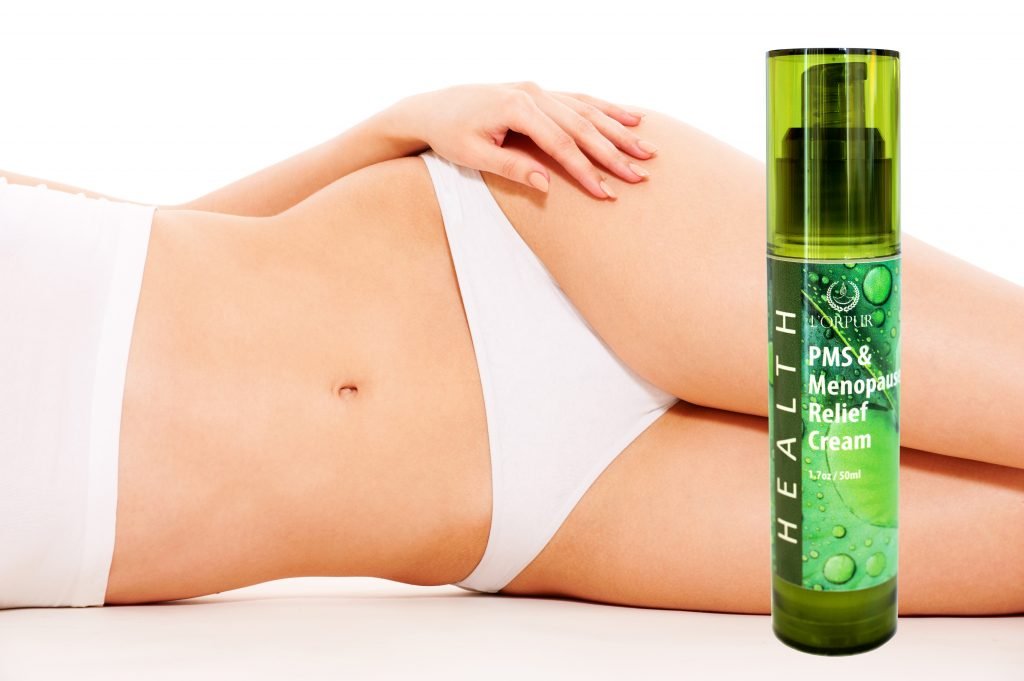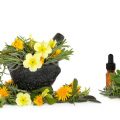Fertility issues are being called the new age epidemic. The fact that an increasing number of individuals in their child bearing years are unable to conceive is being seen as a catastrophe gripping the West that has the potential to trigger a biological and social crisis.
The problem is widespread and cuts through gender, age and economic lines. A lot of ink is devoted about discussing fertility problems, yet on a personal level, conceptions issues remain shrouded in silence.
A common misconception is that only men and women over a certain age are unable to conceive. But, here are a few eye opening facts and figures.
- In a recent study conducted by researchers from Jerusalem, it was found that men in Western countries are losing their swimmers at an alarming rate. In fact, the average sperm count of western men has halved in recent years and continues to plunge at 1.4% each year.
- Nearly 50% of all couples in the country, regardless of age, suffer and will suffer from fertility issues at some point.
- Almost 10% of all women and men of reproductive age have experienced fertility problems.
- In 33% of the couples who cannot conceive, male fertility issues are to be blamed.
- In 33% couples, the infertility issues are attributed to women.
- In 20% cases, there is no determined cause for infertility.
Yes, assisted reproductive technology (IVF and ICSI) is an option, as are surgical interventions to treat the underlying cause of infertility. But did you know that nearly one half of all infertility treatments fail?
In fact, even women under the age of 35, who use their own eggs, just have a 45% success rate with IVF.
No, I am certainly not underplaying the contribution or the importance of these treatment modalities.
All I want to say is that there IS hope beyond these options! And why do I feel so? Because I truly believe that what Mother Nature Takes away, she can always give back.
And I, Olivia, her self-appointed representative, am always happy to lead folks on the natural path to health and happiness.
And with that, let me present to you, Olivia’s Ultimate Guide To Using Essential Oils For Fertility”.
In today’s segment, we will talk in depth about women’s fertility issues and discuss essential oil recipes and other holistic practices that can help you to realize your dreams of motherhood.
Are You Experiencing Fertility Issues?
Most people expect to get pregnant within a month or two of trying and some do achieve the desired results within that timeframe. In fact, there are also those lucky twosomes that manage to get the stork to accept their invite in a matter of weeks. But even after regular sex (3-4 times a week), that’s not how things work out for all couples.
Typically, folks have to try for 1-2 years to get there. For those of you who are under the age of 35, if a year of trying does not put a bun in the oven, it is time to see your doctor.
But ladies, please understand that just because you did not conceive within a year, does not mean that you never will. However, it is always good to rule out any issues early on and that’s what warrants the doctor’s visit.
That said, almost 90% couples take 2 years to conceive, so if you have not managed to get pregnant in a year’s time, you are certainly not the only one. If you are above the age of 35, give yourself 6 months, after which time, you should consult your doctor.
So, What Do You Need To Get Pregnant?
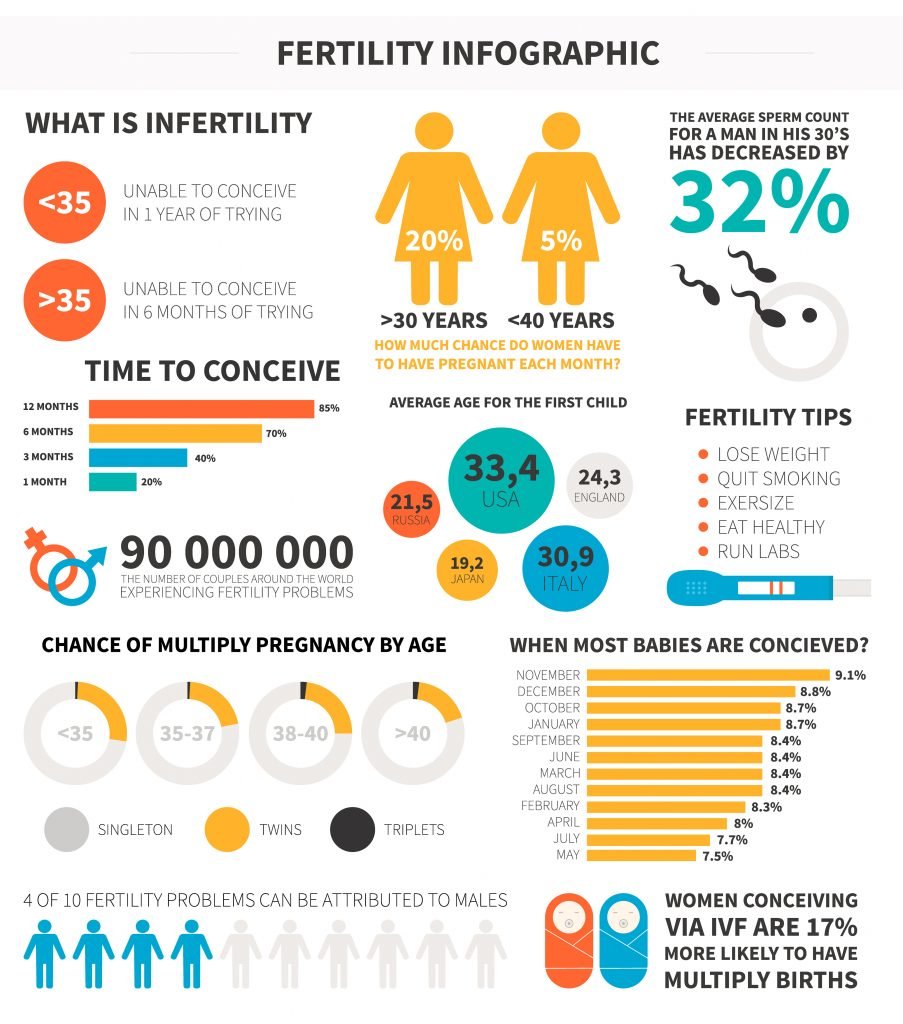
Sex of course! But I am going to go beyond the basics here just for just a minute and tell you about a tiny gem of wisdom that comes from a treatise on how to lead the perfect life written in Sanskrit, no less. So, this book says that the best way to make a baby is to have sex when both partners are young, healthy, happy, well rested, not sick in any way.
I’d say, whoever wrote that, covered most modern day causes of infertility. So, it not just about sex ladies. The sex has to happen frequently and regularly.
You can’t be at it like rabbits over the weekend and be too busy for sex on the other days. Folks, we are talking about no less than 3-4 sessions of unprotected sex each week.
And, don’t just make it about baby making! I know romance, foreplay and even the elusive orgasm are not really needed for conception, but I assure you they do help in getting to the end results faster. Why?
Simple, because these things make you happy and at least for some time they chase away stress and worries, which can seriously mar your chances of conceiving.
So for starters, enjoy the act folks. It is, after all, the best part of baby making, and I promise once the baby comes along, you won’t have much time for it, certainly not for the first couple of months.
With that out of the way, let’s get to the heart of the problem!
If You Have Fertility Issues, Will They Reveal Themselves In Advance With Signs And Symptoms?
It all depends on what is causing your conception problems. So, the signs are not attributed to infertility as much as they are to the health condition that is causing the fertility issues.
Typically, if you have one or more symptoms listed below and have not been able to get pregnant, you should definitely consult a doctor.
- Very short menstrual cycle (21 days or less).
- Very long menstrual cycle (35 days or more).
- Very scanty bleeding.
- Very heavy bleeding.
- Irregular periods.
- Sudden abnormality or changes in periods (time in between periods or blood flow).
- Your periods have stopped suddenly.
- You never got your period.
- Severe back and pelvic pain during period.
- Changes in vaginal lubrication.
- Painful sex.
- Discharge from the nipples that is not related to breast feeding.
- Sudden weight gain or weight loss.
- Coarse and dark hair growth on the chest, chin and upper lips.
- Hair loss or hair thinning.
- Changes in sex drive.
- Sudden skin problems.
What Are The 10 Factors That Increase The Risk Of Infertility
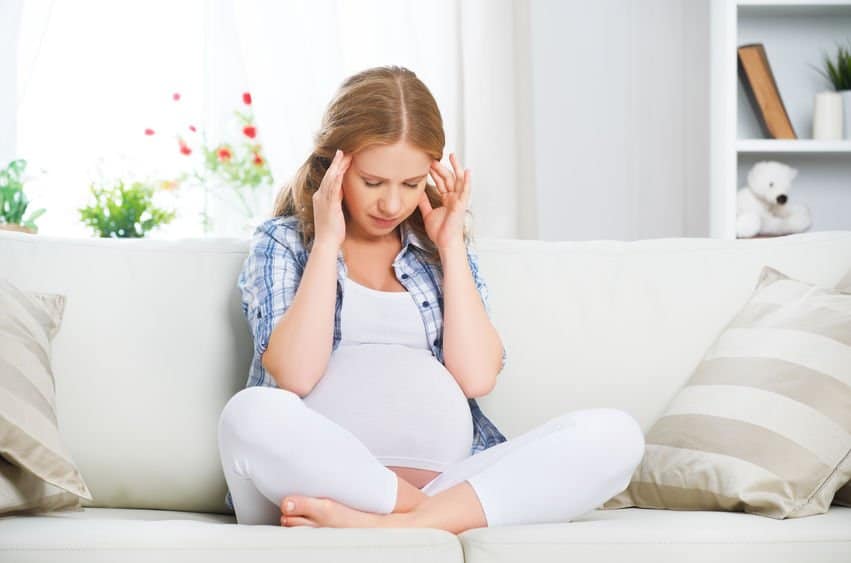
1. The older you are, the harder it will be
I hate to say this but age sure does matter when it comes to conception. Ladies, although your uterus does not really age, your ovaries and eggs do. Get a load of this – At 25, 95% of your eggs are healthy but at 45, 95% of your eggs are unhealthy.
Because egg health is a huge factor in fertility, your chances of conceiving within a month at the age of 40 are reduced to a mere 5% as compared to the 20% chance that you had at 30. But, that’s not the last of it!
The risk of miscarriage also increases greatly after 35, so even if you were to conceive, you may not be able to carry the pregnancy to full term. Even with IVF, your chances of getting pregnant are greatly reduced with each passing year.
2. Too fat and too thin, both matter
Your weight is also a part of the fertility equation. Being underweight or overweight causes hormonal issues, which can lead to ovulation disorders and infertility.
For women in particular, obesity can create a huge hindrance in conceiving, so much so that shedding just 5-10% of the total body weight can put ovulation back on track. Similarly, being dangerously underweight can bring ovulation to a complete halt, as is the case with women who are suffering from anorexia nervosa.
Another thing to consider is that often obesity is a symptom of health problems that cause fertility issues, such as polycystic ovarian syndrome (PCOS) and hypothyroidism. So, if you are having a hard time losing the extra pounds and cannot conceive, you definitely need to see a doctor.
3. History of miscarriages
It is important to understand that infertility and miscarriage are not the same. Also, fertility issues rarely include miscarriage as a symptom.
In fact, repeated miscarriages are not common, with less than 1% women miscarrying three consecutive pregnancies. If you have had more than one miscarriage in the past, get in touch with your doctor because recurrent miscarriages do increase your risk of infertility.
4. Chronic ailments
Most chronic illnesses can have an indelible impact on your life because not only do these ailments hurt your body but also the medicines used to treat them wreak havoc on your physiological systems.
For instance, thyroid disorders, chronic kidney diseases, diabetes, untreated celiac disease, depression and even some periodontal diseases can impact the functioning of the reproductive system. Moreover, insulin, thyroid hormones and antidepressants can cause menstrual problems, thus leading to fertility issues.
5. Treatment for cancer
Radiation therapy, in particular, is known to irrevocably damage the ovaries. This is one of the reasons why women who are suffering from cancer are encouraged to opt for egg harvesting before going through cancer treatment.
6. Sexually transmitted diseases
Most STDs are viral infections that cause serious inflammation and damage to the reproductive system. For example, the inflammation caused by gonorrhea and chlamydia can lead to blockages of the Fallopian tubes.
The biggest issue is that many STDs are asymptomatic in women, meaning there are no definitive symptoms that will let you know of their presence. This is one of the reasons for doctors to recommend STD screening in case of fertility issues.
7. Booze and smoking
I have said it before, and I will say it again, smoking is another word for slow poisoning. Everybody knows exposure to tobacco smoke when pregnant is detrimental for the health of the unborn child and the mother to be. But did you know that each time you light up a smoke, you are also burning up your ovaries?
Smoking greatly speeds up ovarian ageing and leads to premature menopause. If you have not stopped already, now would be a good time to snub the cancer stick. As far as alcohol consumption is concerned, one or two drinks a week, won’t harm your chances of conceiving, but binge drinking certainly will.
8. Exposure to toxins
Contact with environmental or industrial toxins can also increase the risk of infertility in both men and women. Varnishers, painters, welders and metal workers are frequently exposed to toxic chemicals as are individuals who live too close to farming areas. Street drugs like cocaine and cannabis also affect a woman’s ability to ovulate.
9. Intense workouts
Excessive physical strain on the body also causes hormonal imbalance in some women and leads to both menstruation and ovulation issues. Women who are into athletics often have to deal with such issues.
10. Genetics
Finally, fertility problems can also run in families, particularly if the female line has suffered from ovarian and uterine ailments.
What Are The Fertility Issues Caused By Illnesses Of The Reproductive System

Like everything else in your body, your reproductive system is a fine-tuned mechanism that involves multiple organs working together in perfect sync. So, when something goes wrong even with one organ, the near perfect balance of this system is disturbed, and this impacts your ability to conceive.
For instance, let me talk about the ovulation process, which is central to conception. After all, there cannot be a pregnancy without an egg! Now, at the risk of oversimplification, I am going to describe this process as the release of the egg from the ovaries into the uterus. Sounds simple enough, doesn’t it?
Well, but did you know that this seemingly simple process involves the pituitary glands, the hormones they secrete, the ovaries, the hormones that the ovaries secrete, the follicles inside the ovaries and the fallopian tubes to work precisely as they should for the egg to finally get released?
So, what happens when there is one bad link/malfunction, so to speak? The whole system comes crashing down! The ailments that I am going to talk about next cause such a crash, as they impact one or more organs in the reproductive system.
Ovulation disorders: This is an umbrella term used for both irregular ovulation and no ovulation. Ovulation disorders are to be blamed for fertility issues in nearly 25% of couples who cannot conceive.
Typically caused by hormonal imbalance, the most common ovulation disorders are:
- Polycystic ovarian syndrome: Almost 20% of all women of childbearing age suffer from this poorly understood condition. Excess insulin and androgen as well as low grade inflammation and genetic factors are thought to be the cause of this problem.
- Premature ovarian failure: Genetics and auto-immune responses are to be blamed for this condition. The disorder causes early menopause.
- Hypothalamic dysfunction: This is an imbalance of two pituitary hormones that stimulate the follicles to release the egg. It is caused by sudden weight change and stress.
- Hyperprolactinemia: The condition is marked by excessive levels of the hormone prolactin, which suppresses the production of estrogen in the body thus causing infertility.
Fallopian tube disorders: The two thin Fallopian tubes are pathways for the egg to reach the uterus. If there is a blockage in one or both of these tubes, the sperms cannot reach the egg nor can the fertilized egg make it to the uterus.
Blocked fallopian tubes are the cause of infertility in nearly 25% cases. The condition can be caused by:
- Pelvic inflammatory diseases: The name says it all. This type of inflammation is often caused by STD’s.
- Uterine fibroids: These are fleshy growths in the uterus that may block the fallopian tubes.
- Previous ectopic pregnancy: A pregnancy that develops in the fallopian tubes instead of the uterus is extremely dangerous and has to be terminated immediately through surgery. Unfortunately, the pregnancy itself and the surgery to eliminate it can both cause irreversible damage to the Fallopian tubes.
- Pelvic tuberculosis: Although not very common in the US, this infection is a major cause of infertility across the world.
- Pelvic surgery: Any kind of surgery or injury to the pelvic area can cause inflammation and damage or block the Fallopian tubes.
Disorders of the endometrial lining: The endometrium is a mucus membrane that coats the inside of the uterus. Its functional/top layer thickens each month in preparation for a pregnancy. When you don’t get pregnant, this lining is shed during menstruation.
Disorders of the endometrium can lead to issues with implantation, block the fallopian tubes and cause ovulation problems. The most common of these disorders is endometrioses, which is responsible for well over 35% cases of infertility. The condition involves the growth of the endometrial lining outside the uterus.
Uterine disorders: Any abnormal growth in the uterine cavity or an irregular shape of the uterus or the cervix can stop the sperms from reaching the egg and prevent the implantation of the fertilized egg, thus leading to infertility.
Auto-immune response: In some women, an allergic reaction is triggered when semen enters the body. The immune system perceives it as a threat and releases antibodies to deal with the intrusion. Often, the immune response is so severe that it causes soreness, inflammation and rash inside the vagina which leads to painful intercourse. Because most sperms get killed due to the hyper-immune response, this condition makes it hard, if not impossible, to conceive.
Unexplained causes: In nearly 10-20%, couples who cannot get pregnant, no definitive reason is found for infertility.
How Are Fertility Issues Treated?

Medication
When fertility issues are caused by ovulation disorders and/or hormonal imbalance, doctors will typically prescribe drugs to regulate hormone levels and to induce ovulation. Clomifene (Clomid) is one of the preferred options for regulating ovulation. Other drugs used include tamoxifen, gonadotrophins, metformin, dopamine agonists and gonadotrophin-releasing hormone.
All of these are extremely powerful drugs that can have a significant impact on the hormone levels in the body. As such, they also carry a very real risk of side effects such as hot flashes, nausea and vomiting, emotional problems, acne and others.
Surgery to correct issues with reproductive organs
Surgical intervention is needed when a physical problem is causing fertility issues. For instance, a hysteroscopic surgery is usually performed to correct uterine septum, endometrial polyps, and scar tissue in the uterus.
Microsurgery or laparoscopy is used for blocked fallopian tubes, endometriosis and fibroids. The risk involved are the same as for any surgical procedure and the success rate depends on the severity of the problem.
Artificial or intrauterine insemination
In this procedure, healthy sperms are processed and concentrated and then implanted into the uterus to circumvent infertility caused by cervical factors.
Assisted reproductive technology (ART)
IVF (In vitro fertilization) is the most popular and common form of ART. It involves stimulating the release of eggs, retrieving the mature eggs, fertilizing them outside the body and implanting the embryo in the uterus.
A range of techniques can be used for IVF, such as: intracytoplasmic sperm injections, assisted hatching, use of donor eggs/sperms, use of gestational carriers.
I suppose, there could not be a better poster child for the complications of ART than the famed octomom. Multiple pregnancy is one of the most common problems associated with the use of ART. Apart from this, ovarian hyper stimulation may also occur due to the use of fertility inducing drugs.
How Can Natural Methods And Substances Like Essential Oils Help When Modern Medical Science Can’t?
Don’t get me wrong folks! I am certainly not saying that ART or even fertility inducing drugs should never be used. I will be the first to accept that these treatment options are required in some cases and they have helped thousands of couples to realize their dreams of parenthood.
However, I firmly believe that you should give Mother Nature and above all your body a chance to do what it is naturally meant to do before you resort to artificial forms of treatment. Let us not forget here that a whopping 20% infertile couples don’t even know why they cannot have a child.
Plus, you can go through as many IVF sessions as you want, but there is no guarantee of conception. So, why not take the natural route first? One of the reasons for the success of EOs and natural treatments for fertility is their ability to restore balance to the body.
Unlike modern treatment modalities, there is no force involved here. With the natural approach, you basically allow your body to heal itself and function optimally. Once the balance is restored, all physiological systems, including the reproductive system, start working as they should.
The best part is that the natural way only helps and never hurts, whether you are using it on its own or in conjunction with other forms of treatment.
So, if you are ready to allow Mother Nature to give you a helping hand, here are a few essential oils that can offer extraordinary results.
What Are The 10 Best Essential Oils For Fertility?
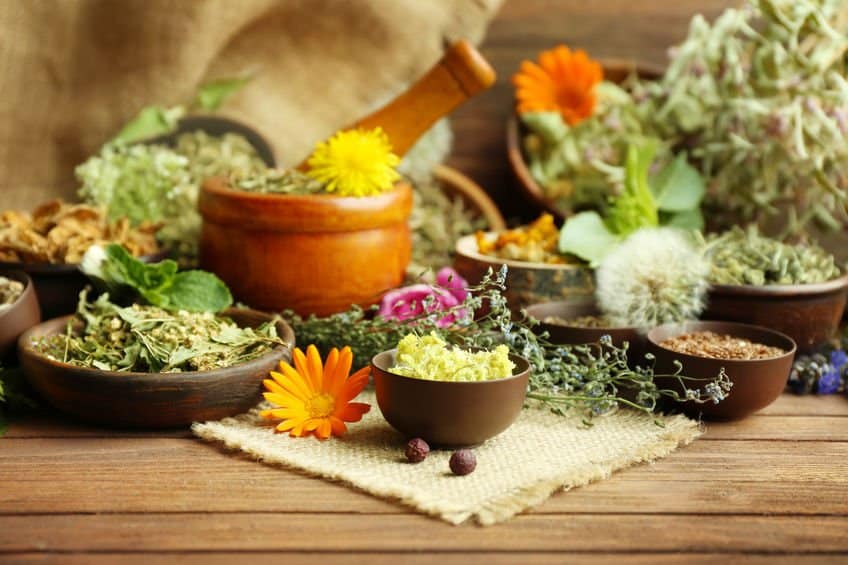
1. Clary sage
An extract that impacts the levels of estrogen in the body, clary sage essential oil boosts libido, increases the secretion of vaginal mucus and heats things up in the bedroom, thus increasing the chance of conception.
2. Rosemary
Another balancing oil, rosemary essential oil regulates both the secretion and the function of the hormones in the body. Plus, it supports uterine health.
3. Geranium
The sweet smelling, floral oil has extraordinary powers to heal the body from the outside and the inside. It helps to regulate the menstrual cycle by balancing the hormones and is even known to control endometriosis.
4. Sweet fennel
This oil has long been used to help with scanty and irregular periods and is known to promote the secretion of estrogen in the body. It also helps to keep the ovaries healthy.
5. Lavender
Stress has a direct impact on the release of Gonadotropin Releasing Hormone (GRH) and thus on ovulation, and lavender essential oil is one of the most powerful stress relieving agents in nature. Use it on its own or with Roman chamomile and geranium when the stress of conceiving naturally is getting you down.
6. Rose
Prized for its ability to balance both the mind and the body, rose essential oil is a natural aphrodisiac for both sexes. It also improves uterine health by relaxing the uterus and balancing hormone levels.
7. Mandarin
This essential oil stimulates the liver, thus enhancing the ability of the organ to cleanse the system of the reproductive hormones once they are done playing played their role in the menstrual and reproductive cycle.
8. Grapefruit
A cleansing oil that helps to remove energy blockades, grapefruit essential oil is also known to positively impact the levels of progesterone in the body. It is also a liver tonic that regulates the removal of estrogen from the body, thus balancing hormone levels.
9. Thyme
Another progesterone boosting extract, thyme essential oil works via the pituitary pathway to increase the amount of the hormone in the body. It is also an effective de-stress and detox agent that helps to improve energy levels.
10. Oregano
This is one of the 4 oils that help to naturally and safely regulate the levels of progesterone in, thus putting the hormonal balance of the body back in its place. In one study, oregano essential oil was found to be just as effective as bioidentical progesterone in boosting the levels of the hormone in the body.
Vitex/chaste tree/chasteberry
This is one of those rare natural extracts that has a direct impact on the level of progesterone in the body. For decades now, naturopaths have recommended the oral administration of vitex tincture to help with low progesterone levels and PMS/menopause symptoms. You could also try the L’orpur PMS & Menopause Relief Cream.
8 Essential Oil Recipes For Fertility Problems

1. Endocrine tonic blend
Ingredients:
- 10 drops rosemary
- 20 drops grapefruit
- 8 drops each of ylang ylang, rose, lavender
- 12 drops damiana (quite expensive, so optional)
Method:
This blend is to be used for diffusion or for direct inhalation. It helps to regulate the functioning of the endocrine system and balances hormone levels. It is also remarkably effective against stress and anxiety, which are bound to figure in your list of troubles when your hormones levels have gone awry and you have not been very successful with your attempts to conceive.
This blend can be used at the start or at the end of the day to handle frayed nerves and bring about a general sense of calm and wellbeing. Believe me, this can go a long way in helping your body to be more accepting of a pregnancy.
Mix the oils and store in an amber glass bottle. Do not expose to direct heat, moisture or sunlight. Use about 6-8 drops in your diffuser or 2-3 drops directly on your handkerchief or in a cup of hot water (not to drink, just to inhale)
2. Pillow spray blend for night use
Ingredients:
- 1 cup rose hydrosol/distilled water (hydrosol preferred)
- 10 drops anise essential oil
- 20 drops each of lavender and sandalwood essential oils
- 14 drops German chamomile
Method:
You will need a spritz bottle for this. To make the blend, mix the essential oils together in a small bowl and set aside. Pour the hydrosol into the spritz top bottle and then add the essential oil blend to it. Put the top back on and give the bottle a vigorous shake before use. Make a fresh batch every 7-10 days.
To use, spritz the pillows in your bedroom 2-3 times with this blend right before bed time. The oils in this recipe not only tame stress levels but also help to regulate hormone levels in both partners.
3. Estrogen regulating/balancing blend
Ingredients:
- 50 ml carrier oil of your choice
- 10 drops Clary sage
- 5 drops each sweet fennel and basil essential oils
- 8 drops geranium essential oil
- 3 drops rose essential oil (rose otto)
Method:
This blend should be used from day 1 of your cycle till ovulation (more information on timing your cycle in the home treatment section below). Mix the oils together and store in an amber glass bottle.
To use, take about 3-4 drops in the palms of your hands, rub them together a few times to warm the oils and then apply on the abdomen, starting right below your navel and going down to the mons pubis. Use gentle circular strokes and massage for about 2-3 minutes or till the oils seems to have been absorbed by the skin. Do this once a day, in the morning.
4. Progesterone boosting blend
Ingredients:
- Carrier oil 60 ml
- 7 drops each thyme and oregano essential oils
- 15 drops Vitex essential oil
- 10 drops grapefruit essential oil
Method:
This blend should be used from the first day of high basal temperature to the first day of menstruation. Stop the estrogen balancing blend before using this one. This blend is used to balance the hormone levels in the body. If you have a very short cycle, which is a clear sign of progesterone issues, use it to normalize things before making an attempt to conceive.
If you are actively trying to conceive and know that you suffer from low progesterone levels (through pathology test results), use this blend instead of the estrogen regulating blend, from day 1 of your cycle till ovulation, but stop at ovulation.
The high basal temperature is recorded on the day after ovulation and continues to be high for 12-16 days after, owing to the progesterone in the system. You will need to chart your body temperature every day for about 2 months to accurately understand the difference in the temperature and the extent to which it rises, which is very slight at just about 0.2 degrees F.
Method for preparation and use are as above. But apply this blend on the lower abdomen as well as the mid back area (the small of your back, right up to top of the buttocks)
5. Irregular periods blend
Ingredients:
- 60 ml calendula infused oil
- 10 drops each of fennel and lavender essential oils
- 7 drops each of myrrh and tarragon
- 5 drops ylang ylang
Method:
Preparation and use as above. You will need to apply this oil once a day on the lower abdomen and mid to lower back area. Start using this blend at the end of your period, when bleeding stops completely or you just have light spotting and continue to use till the first day of your period. Stop when you period starts and do not use while you are menstruating.
6. Pituitary balancing blend
Ingredients:
- 60 ml carrier oil
- 10 drops each of clary sage and coriander essential oils
- 7 drops frankincense
- 9 drops neroli
Method:
Mix the oils together and store in a dark glass bottle. Use this blend during the first half of your menstrual cycle (until ovulation). Massage it on the back of your neck, the shoulders and the upper back once a day.
7. Blend for problems with cervical mucus
Ingredients:
- 60 ml carrier oil
- 5 drops each of ginger and eucalyptus essential oils
- 7 drops each of cedarwood and yarrow essential oils
- 12 drops German chamomile essential oil
Method:
Preparation and storage as above. To use, apply on the lower abdomen, twice a day.
8. A general fertility boosting blend
Ingredients:
- 60 ml carrier oil
- 7 drops each of clary sage, rosemary and carrot seed essential oils
- 10 drops geranium and lavender essential oils
- 5 drops each of lemon and vetiver essential oils
Method:
Use this blend even if you don’t have fertility issues to boost your odds of pregnancy. Mix the oils and store them in a dark glass bottle and massage the blend on the lower abdomen area, the mid to lower back area and on the back of your neck, once a day.
Home Treatment Options That Increase Your Odds Of Conceiving!

1. Get rid of stress
I know this is easy said than done but if you want to significantly boost your chances of conceiving, you will have to rein in your stress levels. Stress leads to the release of adrenalin and cortisol. These are fight or flight hormones and the last thing your body needs is a pregnancy, when it’s dealing with a threat.
Meditation, music, essential oils, self-hypnosis, tai chi and forest bathing are just some of the methods that can help to keep stress levels in check.
2. Work on your body weight
I have already discussed this with you, but here it is again. If you are underweight, your body leaches the energy from all your physiological systems to keep the vitals going. So, your ovaries basically go in hibernation.
If you are overweight, the accumulated fats produce so much estrogen that it is enough to act as a natural form of birth control. If you want to get pregnant, aim for a BMI range of 19 to 25.
3. Get the blood flowing with a good workout
About 30 minutes of daily aerobic exercise helps greatly to keep your circulatory system in top shape. More blood flow all over the body also means more blood for the pelvis and the organs it houses, read the entire reproductive system.
4. Avoid toxins
Chemical herbicides, fertilizers and pesticides are known carcinogens and xenoestrogens (chemical compounds that produce estrogenic effects in the body). These substances can disrupt the menstrual cycle and inhibit ovarian function.
So, go organic with your food. In fact, if you enjoy gardening, don’t use chemical pesticides on your plants, to completely eliminate the risk of exposure.
5. Eat right to get pregnant
There is no “get pregnant” diet but the healthier you are, the better will be your chances of conceiving naturally, and the right food choices can go a long way in making you healthy.
On the other hand, it has been clinically proven that too much insulin in the body impacts ovulation. So, avoid sugar laden food items and drinks and cut down on your consumption of trans fats.
Get your body ready for a pregnancy by eating nutrient dense food items like whole grains, leafy greens, colorful veggies and fruits, lentils, chickpeas, nuts and more.
6. Supplements do help
Nutritional deficiencies have been linked to irregularities in both menstruation and ovulation. So, most doctors and fertility experts suggest that women take prenatal vitamins when trying to conceive.
Vitamin D plays an important role in the implantation of the embryo. So, make sure you don’t suffer from a deficiency of this nutrient. Similarly, Coenzyme Q10 helps to improve muscle function and egg quality. Zinc, iron and vitamin C are some of the other nutrients that can help.
7. Time the action
It’s called the fertile window because you stand a 33% chance of getting pregnant if you have sex in this 3-day period. These are the 2 days that lead up to ovulation and the day of ovulation.
Women with a 28 day cycle, usually ovulate on day 14. For the 21 day cycle, ovulation occurs on day 7 and those with a 35 day cycle ovulate on day 21. The first day of your period is considered as day 1.
8. Lubrication
If you need to use a lubricant / vaginal moisturizer, make sure it is a water/cream based gel and one that does not contain a spermicide. In terms of viscosity, use the lightest product available because anything too thick will cause a hindrance for those swimmers.
On A Parting Note!
I know this is easy said than done and nobody out there can possibly understand what you are going through mentally and physically as you try to get pregnant. But, stressing your mind will just push your body farther downhill and towards a state of absolute imbalance. And you don’t want that!
In fact, stress not only annuls all the benefits that you get from healthy eating and living, and supplements, but also lowers your chances of conceiving even after IVF or any other form of ART.
So, go easy on yourself and your body. Give it some love and space and it will be ready to pass that love further to a baby. And on that note, here is wishing you all a lot of harmony, balance, peace and happiness as you walk towards motherhood!

